











Sen's perspective on Salvador Dali
Sen's perspective on Alberto Giacometti
Sen's perspective on Jean Cocteau
Sen's perspective on Jean Jacques Rousseau
Sen's perspective on Leonardo da Vinci
Sen's perspective on Luis Bunuel
Sen's perspective on Man Ray
Sen's perspective on Marcel Duchamp
Sen's perspective on Max Ernst
Sen's perspective on Pablo Picasso
Sen's perspective on Paul Cezanne
Sen's perspective on Vincent van Gogh
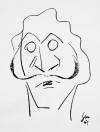
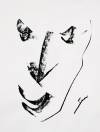

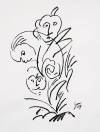
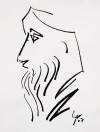
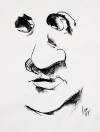
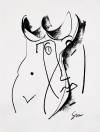
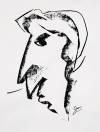
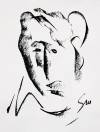

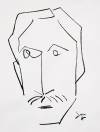
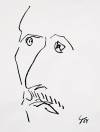
2007 Gesturism art: Masters through my strokes
Sen grew up in an environment of artists in art, music, literature and film in France. “In a sudden coup de foudre (love at first sight) I drew them,” he says. Having lived and worked In France since 1973, he had understood the inner sense of these artists, their creative ingenuity. So one day in 2007 he interpreted the identity of these artists through his Gesturism art treatment.


